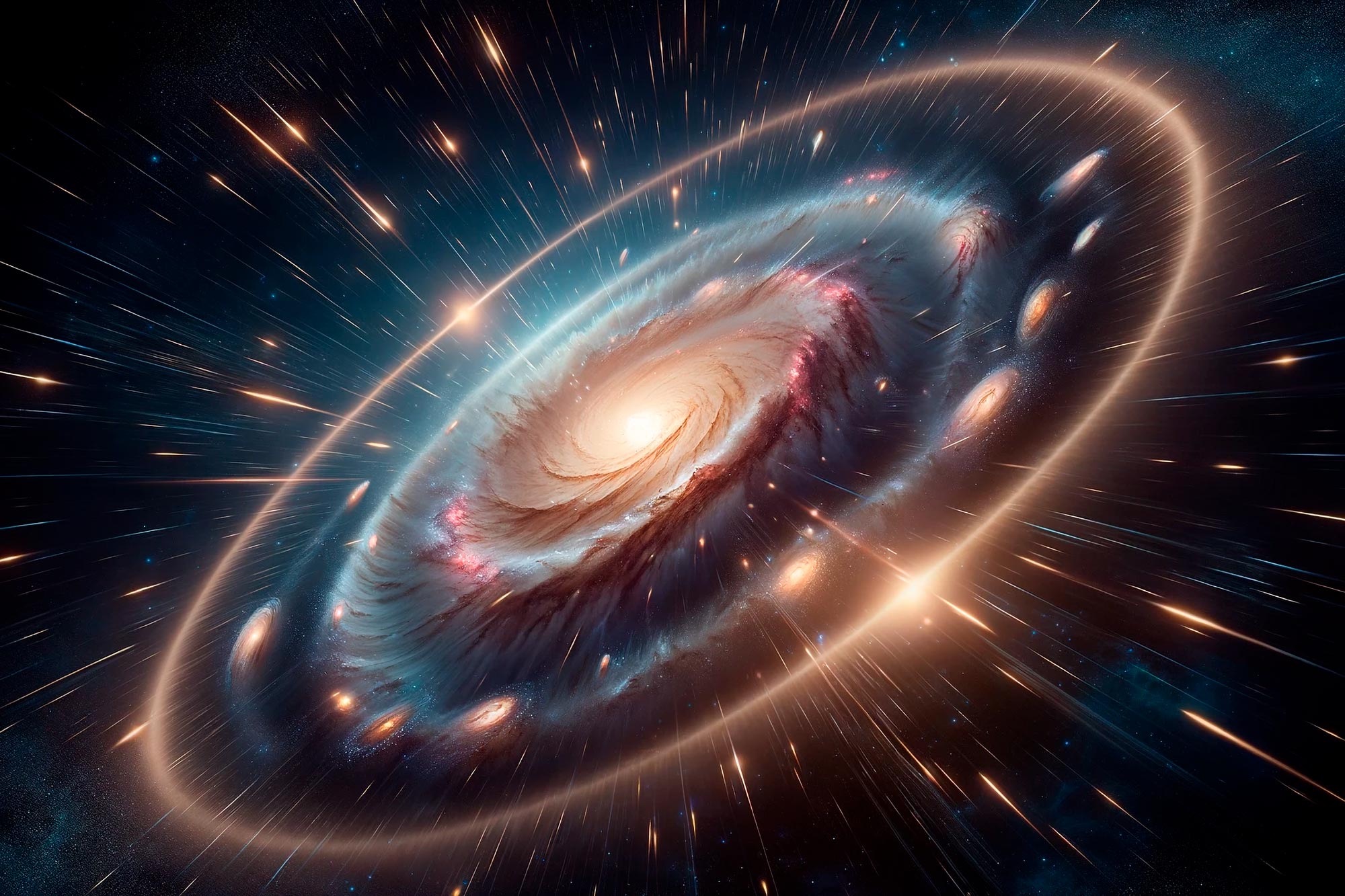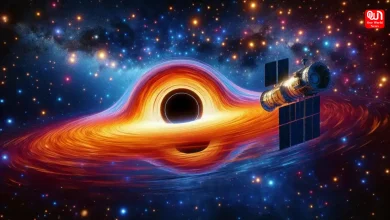The Cosmic Puzzle: What is Dark Energy? Inside our accelerating, expanding Universe
Unravel the mystery of dark energy and its role in our expanding universe through groundbreaking discoveries and ongoing scientific quests.
Unveiling the Enigma: Dark Energy in Our Expanding Universe

Some 13.8 billion years ago, the universe burst into existence in a cataclysmic event we now call the Big Bang. Following this explosive genesis, gravity initially acted as a dominant force, slowing down the expansion of the cosmos. However, around nine billion years after its inception, a remarkable phenomenon emerged – the universe’s expansion began to accelerate, driven by a mysterious force known as dark energy. In this exploration, we delve into the enigma of dark energy, its discovery, and the ongoing quest to understand its nature.
Read more: Thriving in Your 30s: Top 5 nutrients you must have in your 30s
A Brief History
It All Started With Cepheids
Dark energy’s origins trace back to the early 20th century, intertwined with pivotal astronomical discoveries. In 1912, Henrietta Swan Leavitt’s groundbreaking work on Cepheid variables provided a crucial tool for measuring cosmic distances. Concurrently, Vesto Slipher’s observations of redshift in distant galaxies laid the groundwork for understanding cosmic motion.
Discovering an Expanding Universe
Building upon these foundations, Alexander Friedmann and Georges Lemaître’s theoretical frameworks, influenced by Einstein’s general relativity, suggested an expanding universe. Edwin Hubble’s subsequent observations of galactic redshift in 1929 provided empirical confirmation, unveiling the universe’s dynamic nature.
Expansion is Speeding Up, Supernovae Show
Decades later, in 1998, astronomers observing distant supernovae made a startling revelation – these cosmic explosions appeared dimmer than anticipated, indicating an accelerated expansion. This groundbreaking observation, corroborated by subsequent studies, challenged prevailing notions and set the stage for the dark energy paradigm shift.
What Exactly is Dark Energy?
Despite its profound implications, dark energy remains elusive, defying a definitive explanation. Various hypotheses attempt to unravel its mysteries:
Vacuum Energy
Proposing dark energy as a manifestation of vacuum energy, akin to Einstein’s cosmological constant, this hypothesis posits a pervasive force underlying cosmic expansion. However, discrepancies between theory and observation pose significant challenges, fueling ongoing debate.
Quintessence
The quintessence hypothesis suggests dark energy as a dynamic field permeating space, capable of fluctuations over time and space. This concept, reminiscent of ancient philosophical notions, introduces a new paradigm for understanding cosmic dynamics.
Read more: Home decor, interior design tips: Best colour combinations for bedroom
Space Wrinkles
Dark energy as cosmic defects, akin to hypothetical cosmic strings, presents an intriguing conjecture. These spatial anomalies offer a unique perspective, suggesting intrinsic irregularities in the fabric of the universe.
A Flaw in General Relativity
Questioning the very foundations of gravitational theory, this hypothesis posits modifications to Einstein’s framework, potentially obviating the need for dark energy. Such conceptual shifts challenge established paradigms, inviting further exploration.
The Future
As humanity stands on the threshold of cosmic discovery, unprecedented technological advancements offer glimpses into the mysteries of dark energy:
ESA’s Euclid Mission
Launching in 2023, the Euclid mission promises a comprehensive 3D mapping of the universe, shedding light on dark energy’s role in cosmic evolution. By scrutinizing billions of galaxies, Euclid heralds a new era of cosmological exploration.
NASA’s Nancy Grace Roman Space Telescope
Scheduled for launch by May 2027, the Roman Space Telescope endeavours to unravel dark energy’s enigma through high-resolution imaging and comprehensive surveys. With its expansive field of view, Roman promises unprecedented insights into cosmic dynamics.
Vera C. Rubin Observatory
Under construction in Chile and slated for completion in 2025, the Vera C. Rubin Observatory aims to augment our understanding of dark energy through ground-based observations. Its observational capabilities herald a new frontier in cosmological inquiry.
NASA’s Ongoing Endeavors
Complementing these missions, NASA’s James Webb Space Telescope and SPHEREx mission contribute to the collective pursuit of understanding dark energy. Through collaborative efforts and cutting-edge technology, humanity embarks on a journey to unveil the universe’s deepest mysteries.
We’re now on WhatsApp. Click to join.
Conclusion
Dark energy stands as a testament to the enduring enigmas that pervade our universe. As scientific inquiry marches forward, propelled by technological prowess and human curiosity, the quest to decipher dark energy’s essence continues unabated. In this ongoing odyssey of discovery, humanity glimpses the boundless wonders that lie beyond the veil of cosmic obscurity.
Like this post?
Register at One World News to never miss out on videos, celeb interviews, and best reads.








